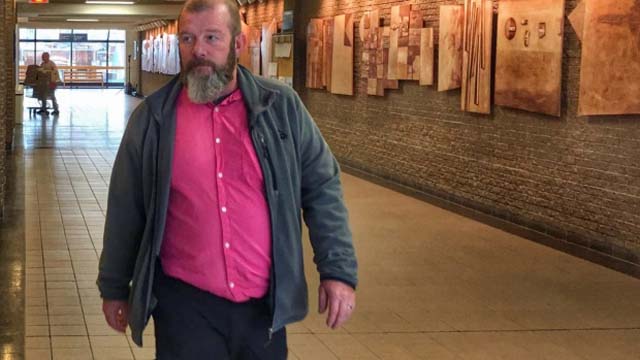
1 Person Crews Trial Hears
Sherbrooke Quebec - The former Montreal Maine & Atlantic (MMA) employee in charge of training and safety in Quebec said only two rail companies were allowed to operate trains with one-man crews at the time of the Lake Megantic tragedy in 2013.
Michael Horan said he'd been told by Transport Canada (TC) that the other, Quebec North Shore & Labrador Rail (QNSL), did so under much stricter conditions.
Horan stood in the witness box for a sixth day Wednesday and told Superior Court Justice Gaetan Dumas and the 14 jurors that the company had tried to sell the idea of the one-man crew to municipalities along its routes for several years before that plan was finally implemented to save money.
Earlier in his testimony, Horan had told the court one-man crews had been put in place shortly before the Lake Megantic train derailment and subsequent explosions and fires which killed 47 people.
Under cross-examination by Guy Poupart, Labrie's lawyer, Horan told the court there were almost no changes at the railway, despite having reduced train crews from two or three employees to just one.
"Once authorization was given to MMA, were there drastic conditions that were imposed, seeing as there was a one-man crew?" Poupart asked.
"No, the only condition was to put a mirror on the conductor's side of the train," Horan answered.
Horan also said he'd been told by TC that QNSL, the only other railway authorized to run one-man crews, did so under much stricter conditions.
No Communication About Securing Trains
Horan said once the one-man crews began, the train engineer had to communicate with the railway traffic controller at an office in Farnham once he arrived at his final destination, to let him know what time the train had arrived, and what time he began a mandatory rest period.
"There were no rules whatsoever asking a locomotive engineer to communicate to the railway traffic controller how many handbrakes had been applied to a parked train, or that the train had been secured?" asked Poupart.
"That's correct. No rule covered that part," replied Horan, adding that was the case for all railway companies operating in Quebec at that time.
MMA Drastically Tightened Rules Later
Horan told the court in the days after the tragedy, the rules about what information the locomotive engineer had to give the railway traffic controller were radically modified.
"What is clear is that the practice on the field changed as of 11 Jul 2013?" asked Poupart.
"Yes," said Horan.
Francois Daigle, a locomotive engineer who worked the same route as Harding, between Farnham and Lake Megantic in 2013, is to be the twelfth witness in the trial.
He was sworn in late Wednesday and will continue his testimony Thursday.
Alison Brunette.
of the Canadian Copyright Modernization Act.



